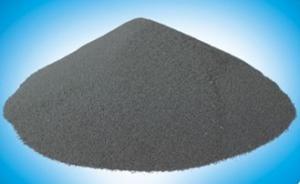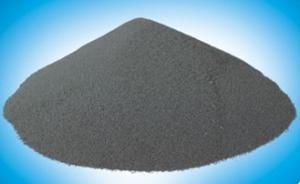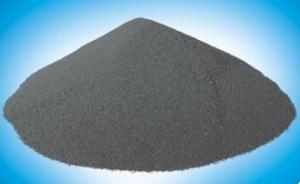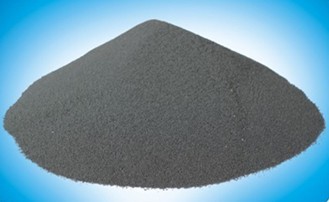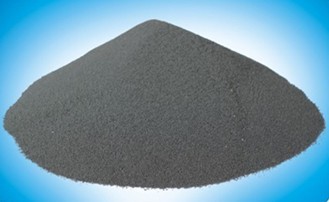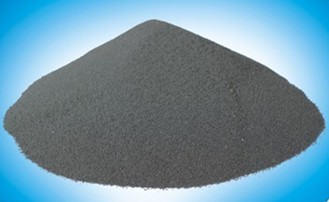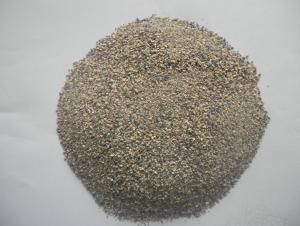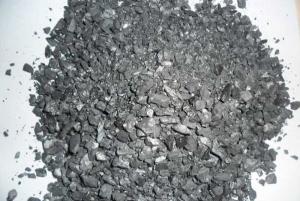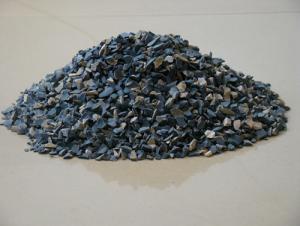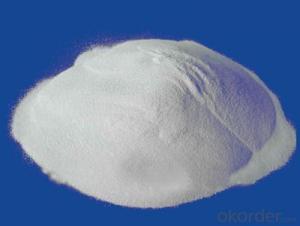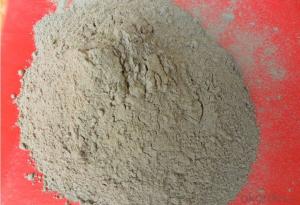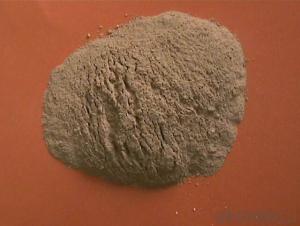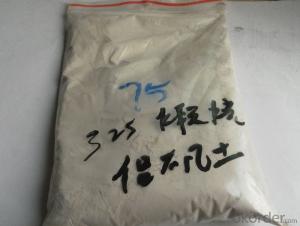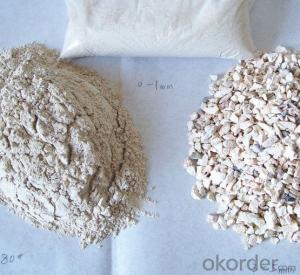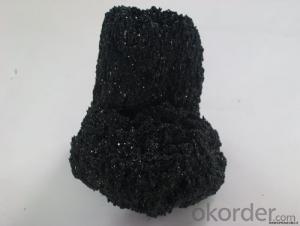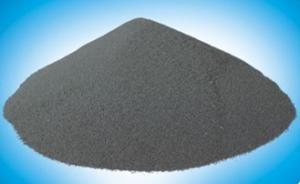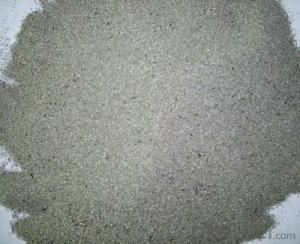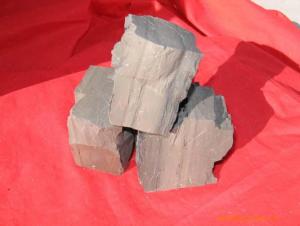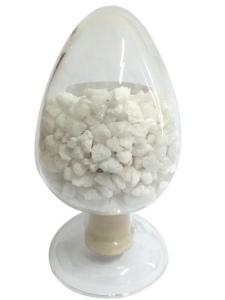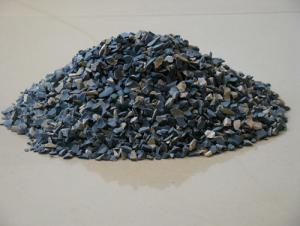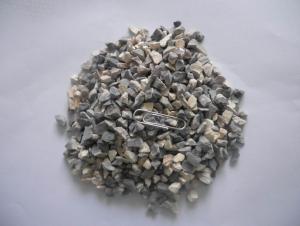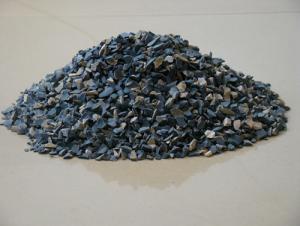Medium-Carbon Steel Slab Continuous Casting Special Slag for Raw Materials in Refractory Industry
- Loading Port:
- China Main Port
- Payment Terms:
- TT OR LC
- Min Order Qty:
- -
- Supply Capability:
- -
OKorder Service Pledge
OKorder Financial Service
You Might Also Like
Medium-carbon steel slab continuous casting special slag Applicable kinds: 0.08 to 0.35% of the carbon content of carbon steel, low alloy steel, etc
Product description
Medium-carbon steel is in BaoJing reaction ingredients area, casting billet is easy to appear longitudinal crack defects, by choosing appropriate control protective slag crystallizing temperature, and crystal chromatography rate and viscosity, get proper heat flux, ensure slab even slow cold, realize the continuous casting slab of good medium-carbon steel surface quality.
The product model: LF-BRK-Z
Applicable section: (150 ~ 250) mm... (800 ~ 1600) mm
Applicable drawing speed: 0.7 ~ 1.5 m/min
Main physical and chemical indexes are as follows:
water | <0.5% |
Particle size | 0.15~1mm>90% |
Cao/Sio2 | 0.95~ 1.35 |
Hemisphere point | 950~1150℃ |
1300 ℃ melting speed | 15~35S |
1300 ℃ viscosity | 0.08~0.25Pa.s |
容重 | 0.5~0.9g/c㎡ |
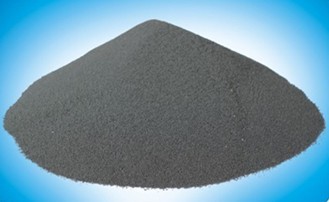

- Q: A chemical problem with refractory materials
- In chemistry, there is never absolute
- Q: What is the fire endurance of ceramsite concrete blocks?
- The heat conductivity coefficient of grade 800 hollow building blocks in ceramsite concrete is 0.23 and fire endurance is 4h. Ceramsite concrete has strong construction adaptability. It can not only compound concrete material with different unit weight and strength(It changes with the structure of thermal insulation or bearing structure) according to the different purposes and functions of buildings, but also is easy to construct. It is suitable for industrial production of a variety of construction methods. It can not only make all types of components(board, block, girder, column, etc) by using production process, but also can use mechanization construction of cast-in-place. The strong adaptability of construction of ceramsite concrete is not comparable to any other lightweight building materials(such as air-entrapping, etc.).
- Q: About the market issues of thermal insulation material and refractory material.
- After all, most people have the characteristics of being accustomed with something and it will not change easily ; second, the South has few material manufacturer, but in the Northeast, there are thermal insulating and refractory material manufacturers, which is in shortage, however, but irt is in the minority, and in many areas it is not suitable for exploitation of mineral (due to heavy industry and agriculture land and other reasons). I hope that my answer will help you. first, in the Northeast, the refractory material is not very rich, but the thermal insulating and refractory material demand is very large; third; fourth, which material is used more relived, after all, we should take the transportation costs into account, and it will depend on the kilns construction engineers being willing to use which kind of material, and the thermal insulation material procurement in northeastern region is mostly from the north.
- Q: For refractory knowledge. What is the ratio of clay ramming?mass?
- Soil aggregates, dispersing agent, water reducing agent, plasticizer, binding agent and powder! ~ Bone meal feed approximately 6, OK
- Q: What are the structural properties of refractory materials provided by the manufacturer of the refractories include?
- Metal oxides have very good resistance to high temperature, such as: three, two aluminum oxide, Magnesium Oxide...
- Q: Can anyone say something about what A-level fire-proof decorative material is?
- Combustion performance rates of decoration materials ratess combustion performance of decoration materials A incombustible B1 flame retardancy B2 flammability B3 high flammability The B1 rate combustion performance of gypsum plaster board and mineral wool acoustic panel absorber installed on steel joist can be used as A-level decoration materials. Inorganic decorative coating applied on the A level substrate can be used as A level decoration materials. Hope you adopt
- Q: What's the type of fire proofing thermal insulation materials?
- Hello! Fire proofing thermal insulation material can be classified as inorganic thermal insulation material and composite thermal insulation material. According to the form, it can be divided into fibrous veneer, mineral wool, rock wool, glass wool, aluminum silicate cotton, ceramic fiber, microporous diatomite, calcium silicate, expanded perlite, expanded vermiculite, aerated concrete, bubble foam glass, ash, glass, clay, foam concrete, and pasted paste powder polystyrene particles insulation pulp, etc. They are characterized by flame retardancy and fire proofing and thus can be used in buildings with high fire proofing class. Among them, calcium silicate, aluminum silicate and asbestos can also be used for the thermal insulation for heat supply pipelines.
- Q: Does anyone know about the A-level fireproof materials?
- A1-level fireproof materials include: 1. inorganic materials: glass wool, rock wool, foam glass,etc. 2. organic materials: phenolic foam insulation composite board. I hope my answer can help you.
- Q: What types of steel are silicious quicksand and chromium quicksand used in respectively?
- Chromium quicksand can be used in steel-making process that has longer refining time like LF, VD and RH, in stainless steel drainage and thin plate drainage agent. Silicious quicksand is used in short steel-making process, process that is less than 45 seconds or process without refining. You can consult Hua Heng for details or inspect it by yourself.
- Q: Pals who know something about fire resistant material please tell me how many types of refractory material there are
- Refractory materials used in special applications include high temperature oxcide, such as alumina, lanthanum oxide, beryllium oxide, calcium oxide, zirconia and other, refractory compounds, such as carbides, nitrides, borides, silicides and sulfides; high temperature composite materials, mainly contain metal ceramic, high temperature inorganic coatings and fiber reinforced ceramics.
Send your message to us
Medium-Carbon Steel Slab Continuous Casting Special Slag for Raw Materials in Refractory Industry
- Loading Port:
- China Main Port
- Payment Terms:
- TT OR LC
- Min Order Qty:
- -
- Supply Capability:
- -
OKorder Service Pledge
OKorder Financial Service
Similar products
Hot products
Hot Searches
Related keywords
